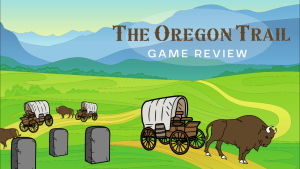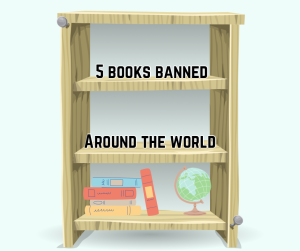Al enters stage right. A friend, Ted, introduces him to a blonde woman named Linda; Al notices her curves and examines her figure.
Linda is caught off guard. She thought she was going to be introduced to a stereotypical white fraternity brother.
Instead she comes to find that Al is black.
The three strike up a conversation, both Linda and Al carefully navigate topics that are sensitive to each other’s stereotypes, but Ted states generalities for both groups.
Linda makes a statement that Al finds racist. Linda feels like Al and Ted are objectifying her as a woman.
Students sit on the edge of their seats taking in the scene, picking apart the views of each character until eventually freshmen nursing major Courtnee Bratton interrupts.
“You both are being hypocrites,” she said.
That’s the kind of reaction GTC Dramatic Dialogues’ Art Director Michael Agnew wants from the audience who attended Thursday’s GTC theatre performance at Cater Hall that focused on diversity, substance abuse and sexual assault.
“(Topics like these) are usually brushed under the rug and nobody wants to talk about them,” Bratton said. “Not talking about them only perpetuates the problem.”
Student Development and the USI Foundation brought the group to campus for the first time to facilitate an interactive learning workshop about topics that university students face.
“In 90 minutes, we’re not going to change anything. Nobody is – that’s a longer evolution,” Agnew said. “I want to start a conversation about things that people aren’t necessarily having a conversation about … because if students talk to each other about these things, if they start a conversation, that’s what ultimately will bring about this slower evolution of change.”
Throughout the performance, audience members asked the actors about the actions they performed in each scene, such as man pressuring a woman to have sex. Actors respond in character to give the audience perspective on their decision making process.
This method is called “Intervention Theatre.”
“(Our mission is) to get at least one person in the audience to, for just a moment, question if what they said is actually what they believe,” Agnew said. “College is a time when your experiences get to broaden. But you’re not yet set in the way that adults get set, so it’s (a) malleable, critical time to reach people.”
Agnew and the GTC actors use “carefully intentional provocation” to shock the audience in a way that leads to insightful conversations between actors and participants.
“This kind of event gets people thinking,” said Stephanie Cook, freshmen theater arts major. “It’s an opportunity for people to think about things we usually don’t think about, and to think about things if nothing else.”
Amanda Story, Student Development assistant director , said through this format, Student Development hopes students will be able to talk about these tough issues in an entertaining but informative way.






